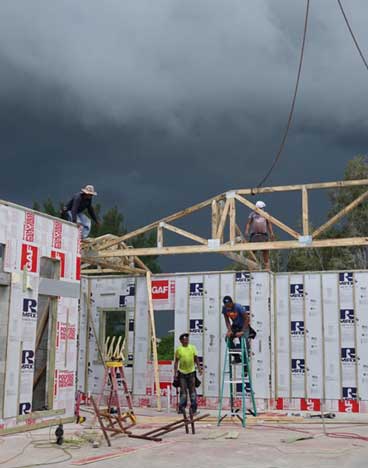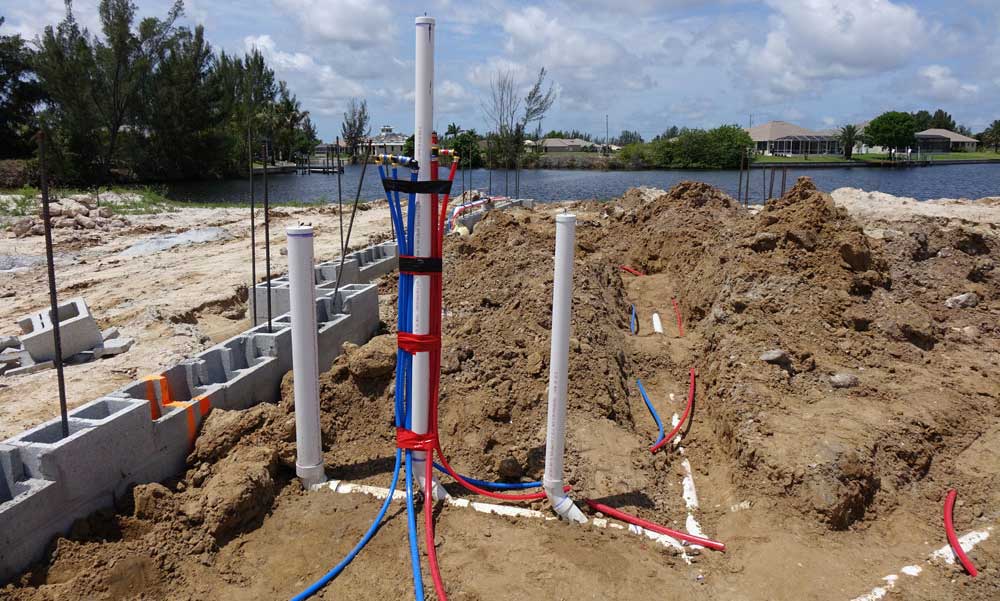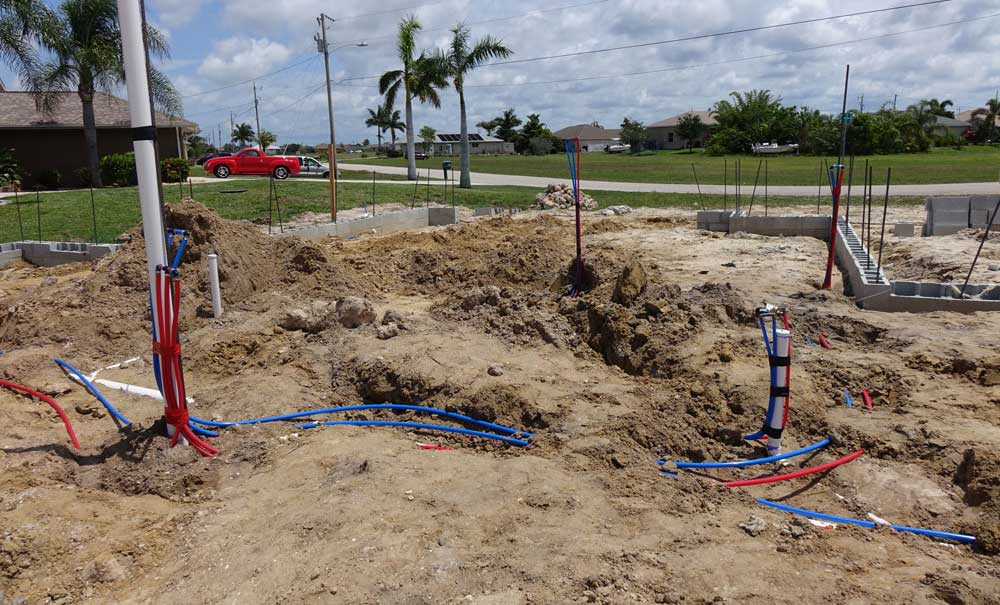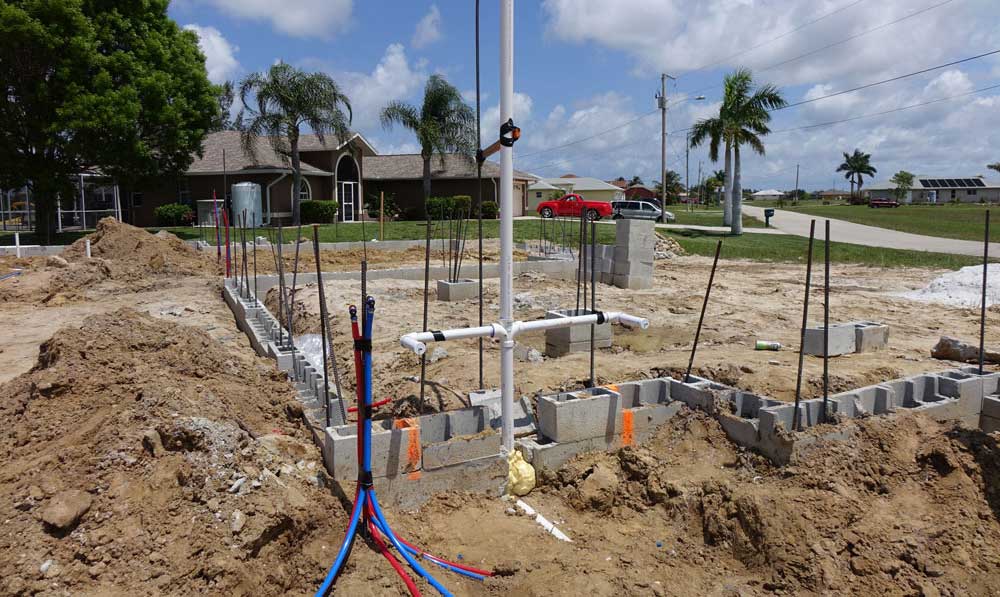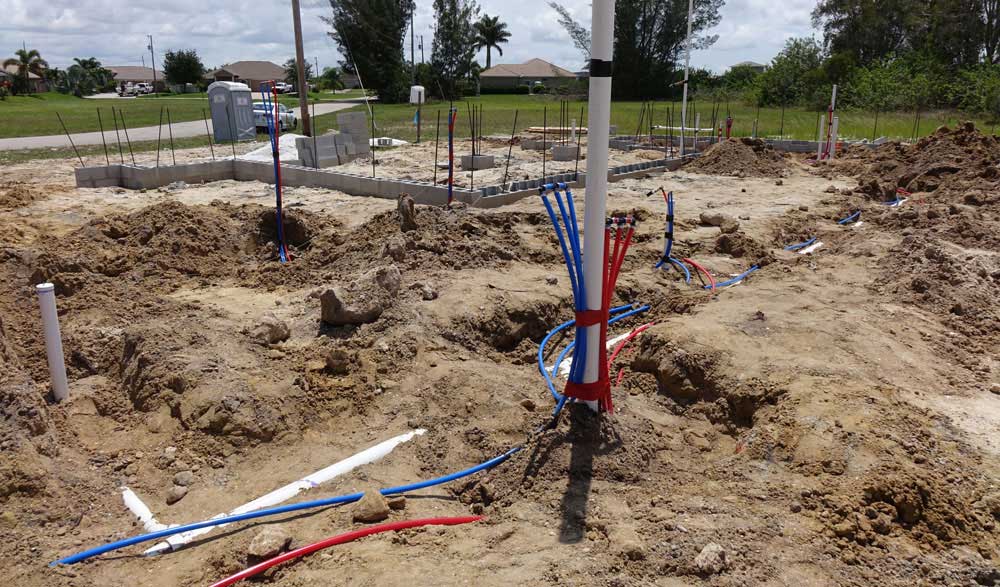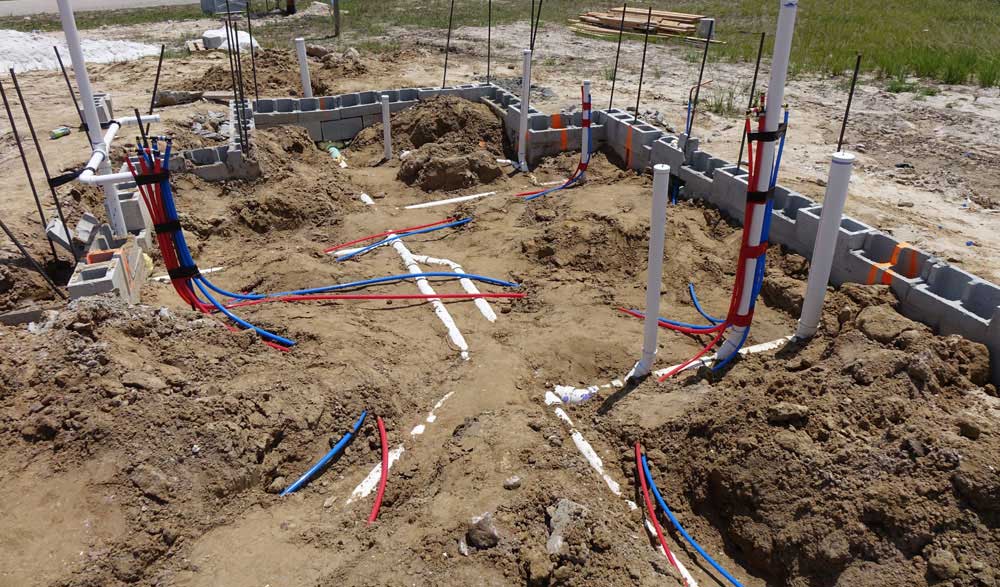Pay attention to the gradient when laying water pipes
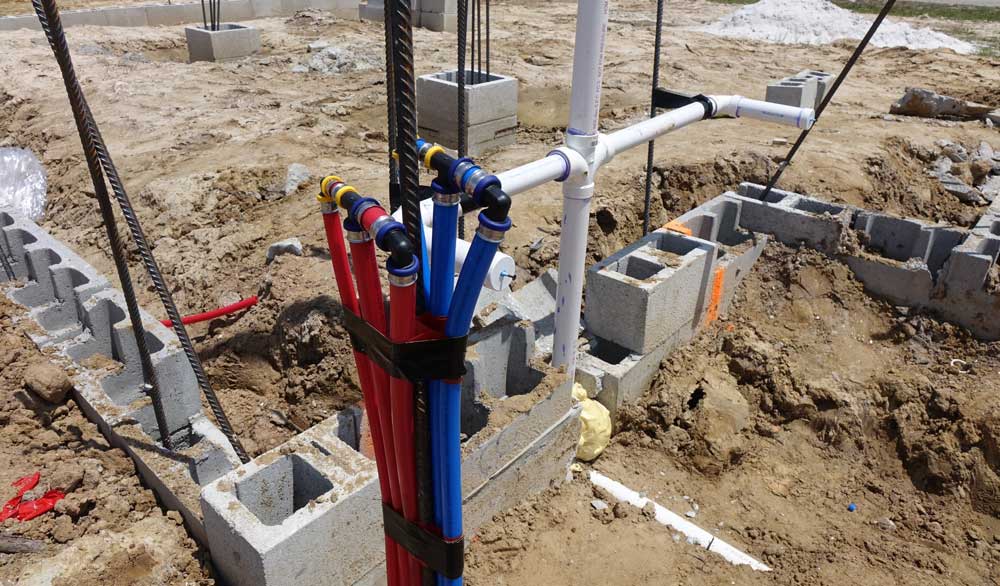

The next step is to lay the supply and waste water pipes, which will later be cast into the floor slab . There is no municipal water here in the north-west, so we have to obtain our water supply from a well and septic system. well and septic system realize. When laying the water pipes, you have to know exactly where the toilet, washbasin etc. will be installed later.
Before we decided on the location of our property in the north-west, we first had to decide whether we would accept the fact that we don’t have mains water yet, but will get it in a few years’ time. This means you pay twice for one trade: for the well and septic system and later for the city water connection. Because you have to implement this – whether you like it or not.
The septic system (wastewater treatment) is then destroyed. What remains is the well system (well with pump), whose water is often used afterwards for watering the garden and filling the pool. We opted for this because the water costs nothing in the years leading up to the city water conversion and the system will have more or less paid for itself by then – depending on when the conversion takes place. In a detached house with two people and a pool, water costs around $80 per month.
You don’t have to understand everything
Back to the new building: We didn’t quite understand why the stone wall was erected first and then the plumbing team got to work. After all, the plumbers partially smashed the freshly laid stones again because the pipes had to get outside somehow.
The long white pipes protruding into the air serve as vents so that when the wastewater drains away, the suction does not empty the siphons from the sanitary facilities. If the air is drawn from above, the water remains in the siphons and thus also ensures that no odor is produced. You may have noticed a gurgling sound in the washbasin when draining the bath water in older buildings. This is the effect if the ventilation is not working.
This was the first time we learned to appreciate the many inspections. There was a “fail” during the first inspection because the pipes from the future outdoor kitchen did not have a sufficient gradient and would therefore not have worked. After a little reworking, we finally got a “pass”.

